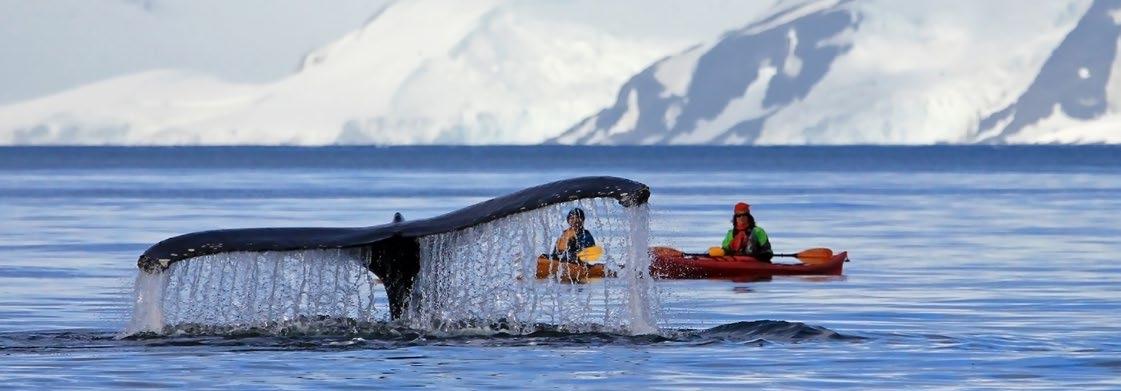GUIDANCE FOR VISITORS TO THE ANTARCTIC Recommendation XVIII-1, adopted at the antarctic treaty meeting, Kyoto, 1994 Activities in the Antarctic are governed by the Antarctic Treaty of 1959 and associated agreements, referred to collectively as the Antarctic Treaty System. The Treaty established Antarctica as a zone of peace and science. In 1991, the Antarctic Treaty Consultative Parties adopted the Protocol on Environmental Protection to the Antarctic Treaty, which designates the Antarctic as a natural reserve. The Protocol sets out environmental principles, procedures, and obligations for the comprehensive protection of the Antarctic environment and its dependent and associated ecosystems. The Consultative Parties have agreed that as far as possible and in accordance with their legal system, the provisions of the Protocol should be applied as appropriate. The Environmental Protocol was ratified in January 1998. The Environmental Protocol applies to tourism and non-governmental activities, as well as governmental activities in the Antarctic Treaty
4
Area. It is intended to ensure that these activities do not have adverse impacts on the Antarctic environment, or on its scientific and aesthetic values. This Guidance for Visitors to the Antarctic is intended to ensure that all visitors are aware of, and are therefore able to comply with, the Treaty and the Protocol. Visitors are, of course, bound by national laws and regulations applicable to activities in the Antarctic. PROTECT ANTARCTIC WILDLIFE • Taking or harmful interference with Antarctic wildlife is prohibited except in accordance with a permit issued by a national authority. • Do not use aircraft, vessels, small boats, or other means of transport in ways that disturb wildlife, either at sea or on land. • Do not feed, touch, or handle birds or seals, or approach or photograph them in ways that cause them to alter their behaviour. Special care is needed when animals are breeding or moulting. • Do not damage plants, for example by walking, driving, or landing on extensive moss beds or lichen-covered scree slopes. • Do not use guns or explosives. Keep noise to a minimum to avoid frightening wildlife. • Do not bring non-native plants or animals into the Antarctic, such as live poultry, pet dogs and cats, or house plants.






